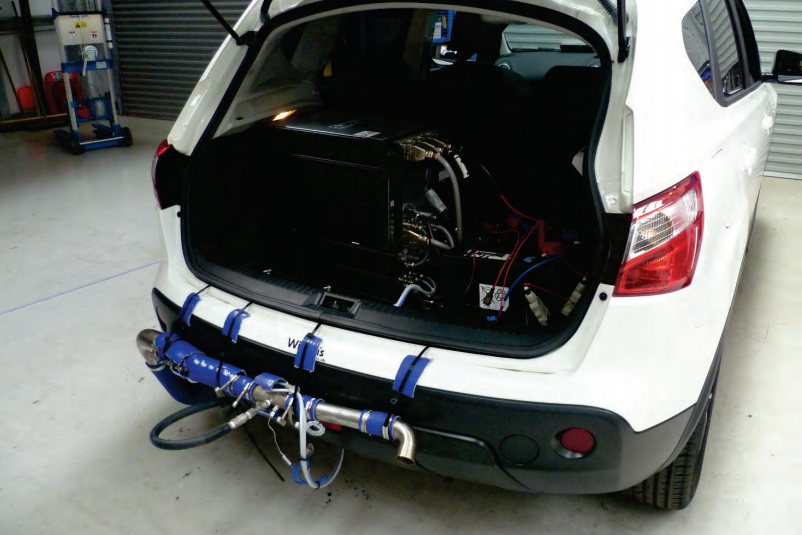The EU’s Worldwide Harmonised Light Vehicle Test Procedure (WLTP) will trigger an average CO2 emissions rise of 10% across all sectors, according to Cap HPI.
The automotive data specialist said that it did not expect to see a spike in pre-September registrations sparked by the official switch-over to the new regime from existing NEDC figures, but added: “We expect to see the fleet mix change over the coming months with drivers shifting away from models with large CO2 and BIK increases”.
Cap HPI’s study of over 600 models across all vehicle sectors examined emissions data between September 2017 and 25 May, 2018. The data showed that diesel vehicles emissions ratings increased by 12.6%, petrol by 7.3%, petrol/plug-in hybrid by 27.3% and petrol hybrid 7.8%
NEDC correlated values are derived from WLTP testing but converted back to an NEDC figure using a mathematical equation and do not include optional equipment – which can alter the emissions and fuel consumption of a vehicle by adding weight or drag – at this stage.
WLTP in its true form will come into circulation from Sept 2018, but there will be no fiscal impact to tax until April 2020.
Andrew Mee, senior forecasting editor (UK) at Cap HPI, said: “The industry is already seeing the impact of WLTP as some models are removed from the market and options are rationalised.
“While we expect to see the fleet mix change over the coming months with drivers shifting away from models with large CO2 and BIK increases, we don’t expect to see a significant spike in overall sales ahead of WLTP changes in September.”
WLTP legislation aims to provide customers with a more detailed view of how a vehicle performs concerning mpg and CO2.
The previous NEDC test cycle does not take optional equipment into account and doesn’t offer an accurate representation of driving styles which affect the emissions produced by a vehicle, Cap HPI said.
The UK’s largest provider of vehicle data, Cap HPI is supporting the industry by integrating the additional data needed to handle the expected changes that will come from the new WLTP and RDE emissions tests.
The additional information will be available in the company’s New Vehicle Dataset (NVD) over the coming months.















Login to comment
Comments
No comments have been made yet.